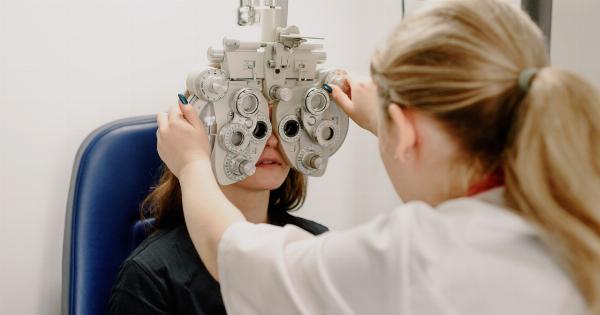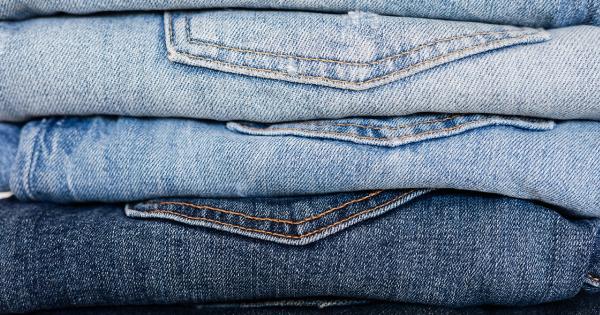Sunglasses are an essential accessory that many of us find hard to live without. Whether it is to protect our eyes against harmful UV rays or to make a fashion statement, sunglasses are an important part of our daily lives.
However, just like any other personal accessory, sunglasses are subject to wear and tear over time. It is important to know how often you should switch out your sunglasses to keep your eyes safe and ensure you have the best possible vision.
Why should we switch out sunglasses?
Just like any other piece of clothing or accessory, sunglasses wear out over time. They become scratched, the frames may loosen, and the lenses may become damaged, causing vision to deteriorate over time.
Additionally, the lenses in sunglasses could become outdated, and they may not provide the UV protection necessary for your eyes anymore. Not to mention, your prescription can also change over time, leading to further complications if you continue to wear an old pair of sunglasses.
Moreover, if you work outdoors or spend a lot of time outside, your sunglasses are exposed to a wide variety of conditions that can cause them to become less effective.
Wind, rain, and extreme heat can all take their toll on sunglasses, and the impact is noticed over time. Additionally, if you do anything outdoorsy, such as skiing, hiking, or swimming, your sunglasses will also take a hit from the harsh conditions.
Therefore, it is important to switch out sunglasses regularly to ensure you have the best possible protection for your eyes.
How often should you switch out sunglasses?
The frequency at which you switch out your sunglasses depends on a few key factors, including the quality of the sunglasses, how often you wear them, and the conditions they are exposed to.
In general, you should consider replacing your sunglasses every two years, regardless of the quality. Over time, the lenses and frames may become damaged, worn, or warped, which can cause a host of issues for your vision.
Moreover, many sunglasses lose their protective coating over time, which can make them less effective in blocking out harmful UV rays.
However, if you wear your sunglasses more frequently or expose them to harsh conditions, then you may have to replace them more often.
For instance, if you work outdoors and wear sunglasses every day for long periods of time, then you may have to replace them every six months or so. This is because these harsher conditions can cause greater wear and tear on sunglasses, making them less effective over time.
How to tell when to replace your sunglasses?
There a few telltale signs that it’s time to replace your old sunglasses. Here are some basic things to look out for:.
: Scratches
Scratched lenses are not only annoying but also adversely affect your vision. Over time the small scratches on lenses add up, and they make it harder and harder to see.
Therefore if your sunglasses have scratches so deep that they get in the way of seeing clearly, it’s time to get a new pair.
: Frames are loose or broken
After time and use, the screws that hold your frames together may loosen or break. Even if it’s just a small screw, if it’s missing or broken, the frame may not sit correctly on your face, and the glasses may slip or shift around.
This can also cause your lenses to be misaligned, leading to uncomfortable vision impairments.
: UV coating has worn off
Lenses that offer UV protection have a coating that makes the lens opaque. Over time, this coating can wear off, leading to a decreased ability to reflect harmful UV rays.
Wearing sunglasses without them being exposed to UV rays is like drinking decaf coffee – there is no point. If a pair of sunglasses doesn’t have UV protection, they are just a fancy pair of dark shades that won’t help with eye health.
: Conclusion
Sunglasses are an important part of protecting our eye health while keeping us looking stylish. However, over time they lose their protective properties and can become ineffective even causing eye damage.
Therefore, it’s essential to replace them every two years or more frequently depending on the level of usage and the conditions they are exposed to. Additionally, keep an eye out for scratches, loose or broken frames, and lost UV protection as clear signs that it’s time to invest in a new pair of sunglasses.



























